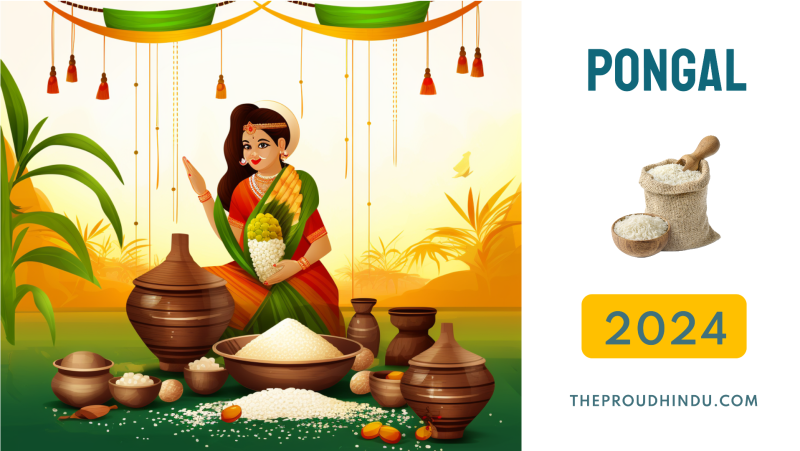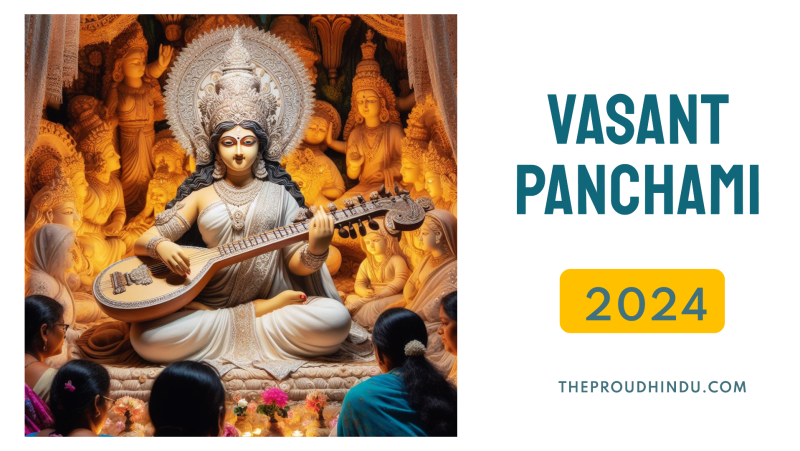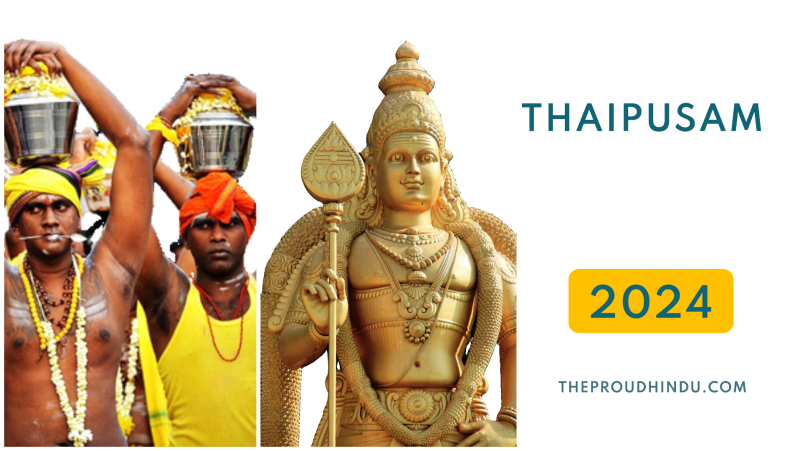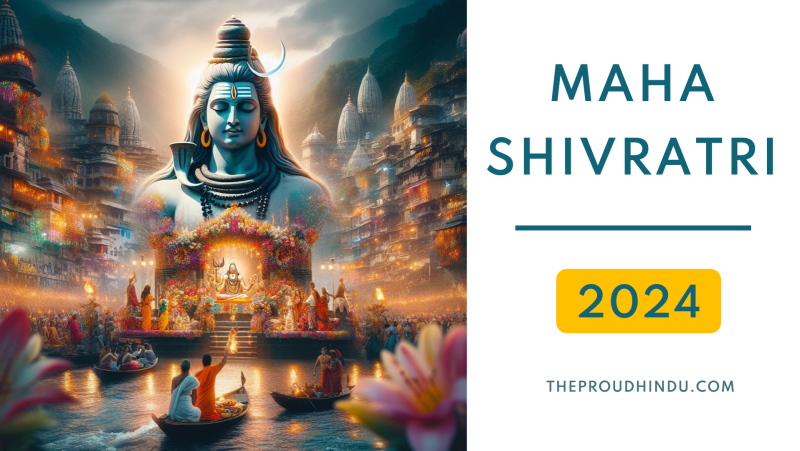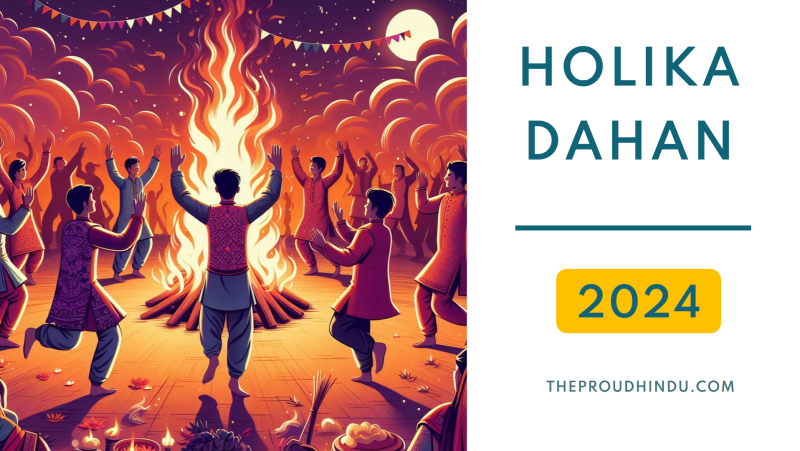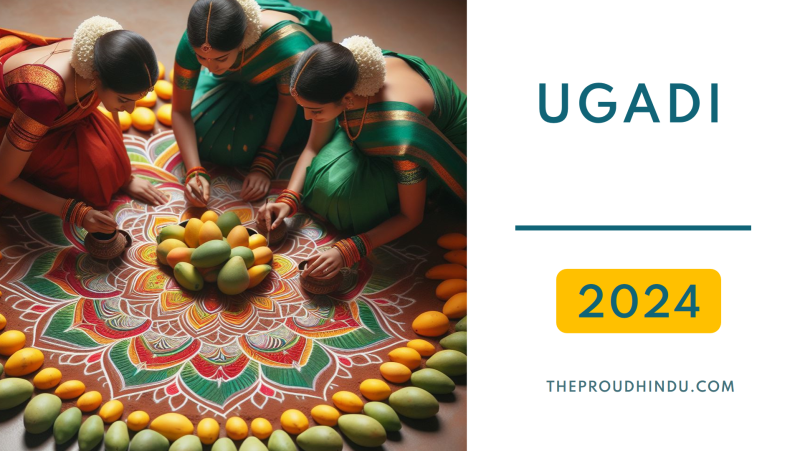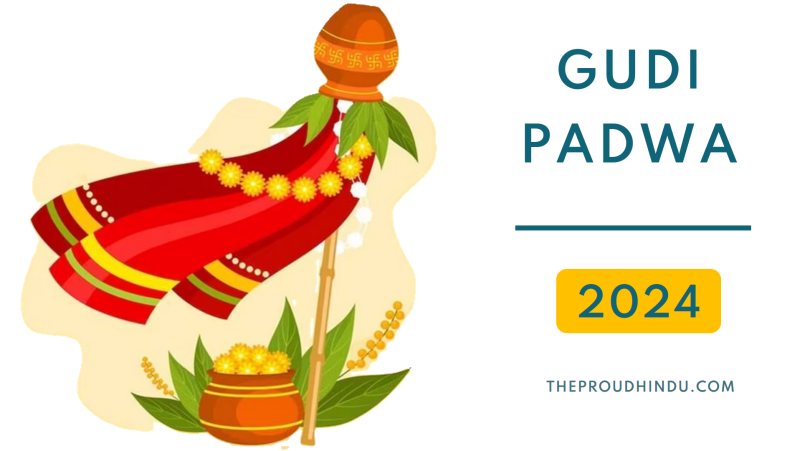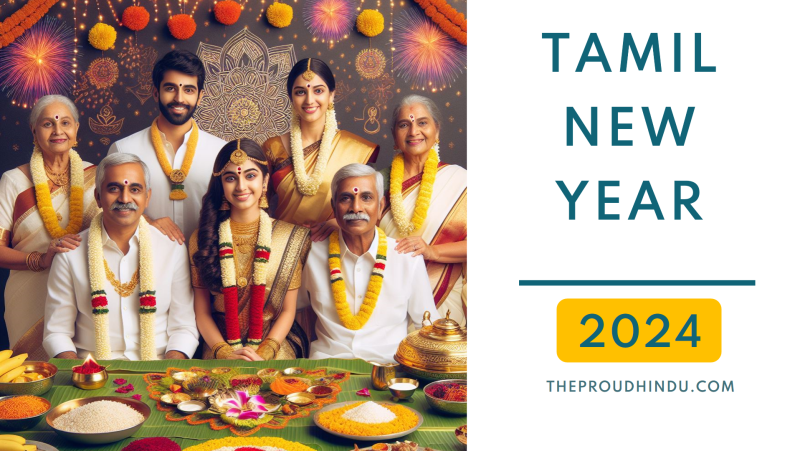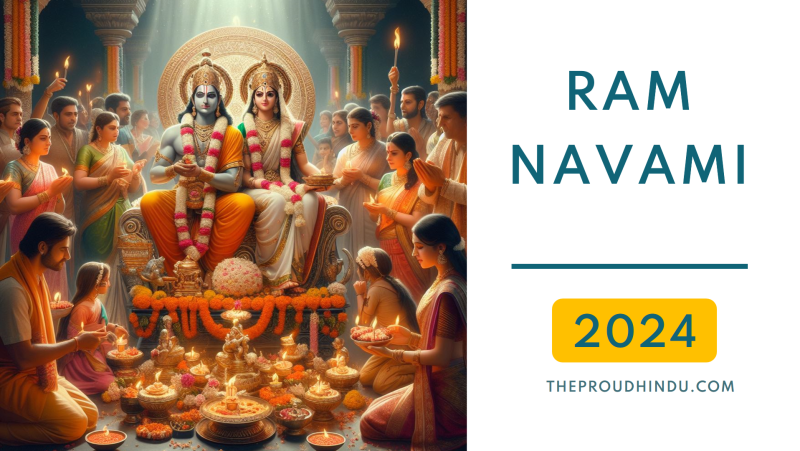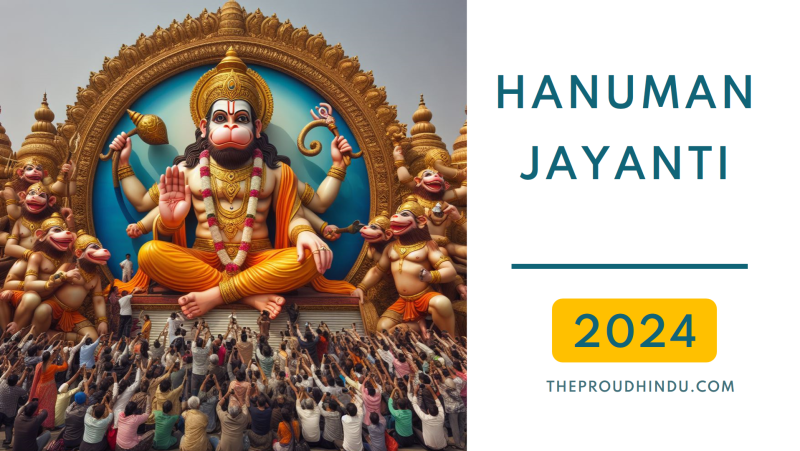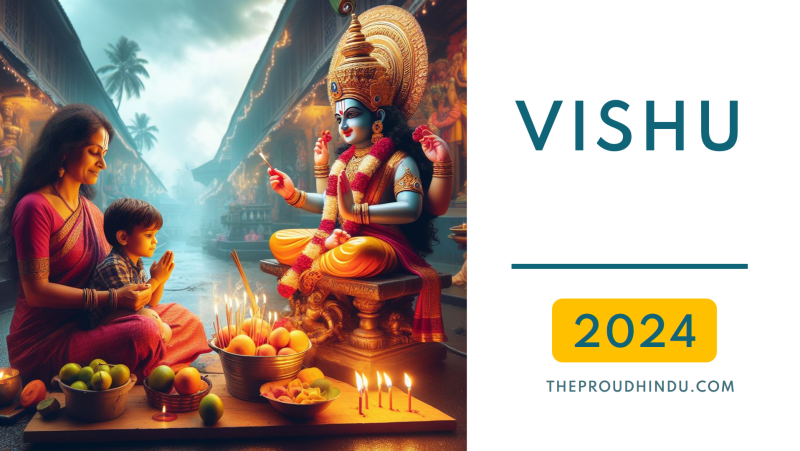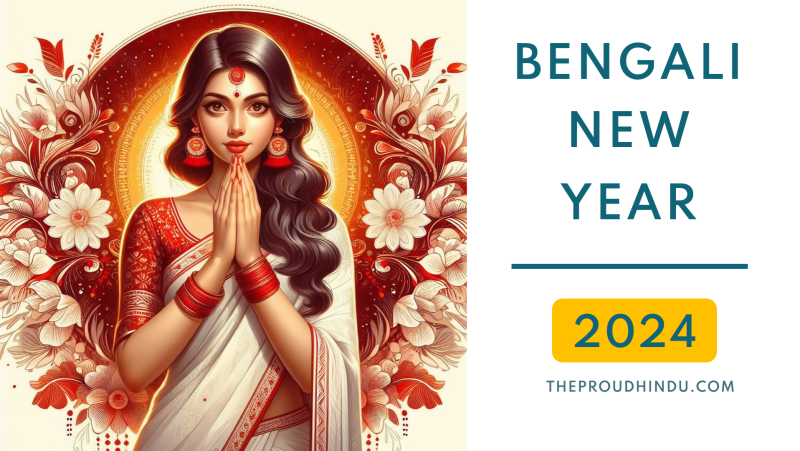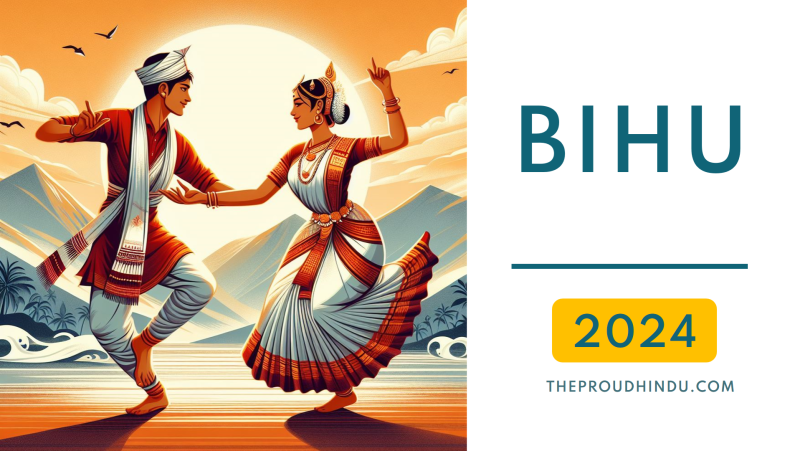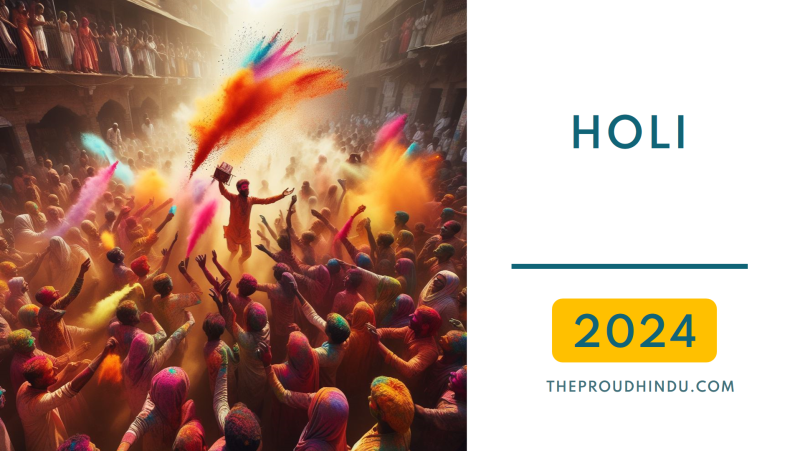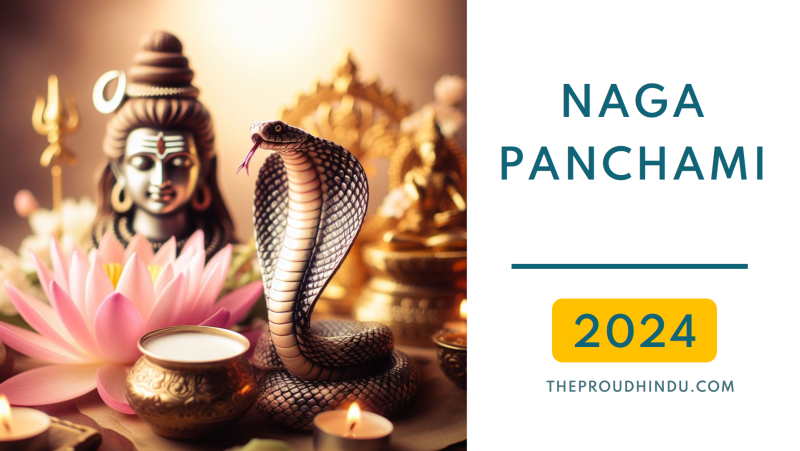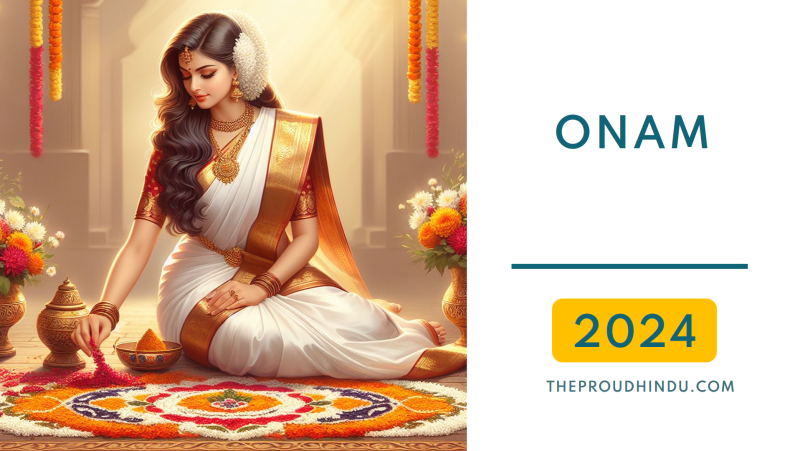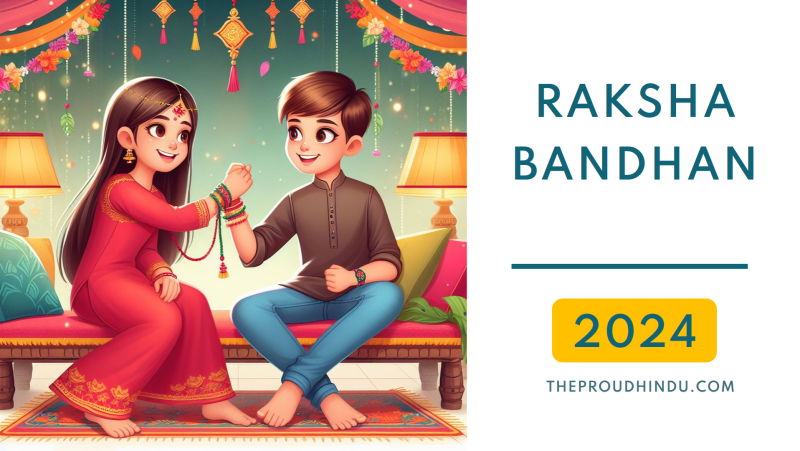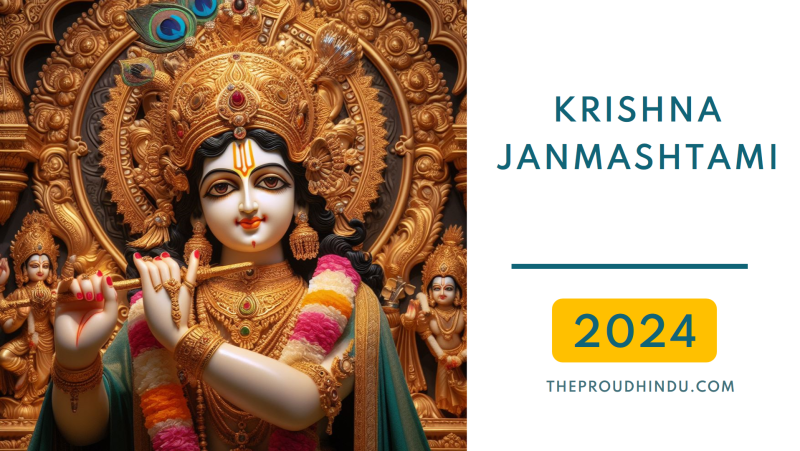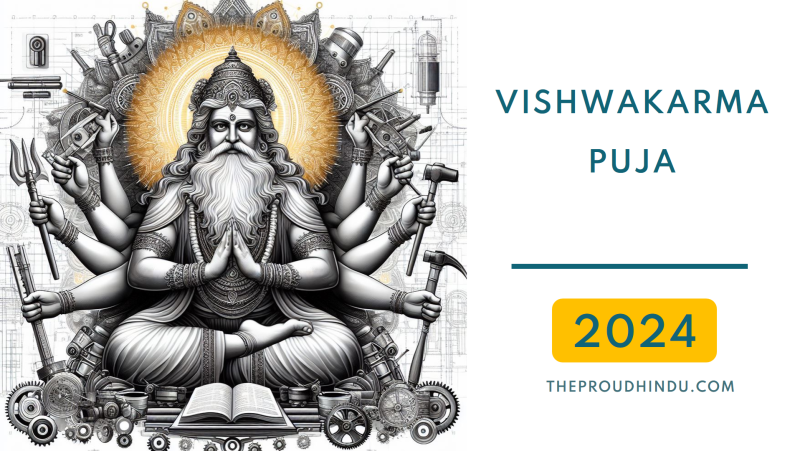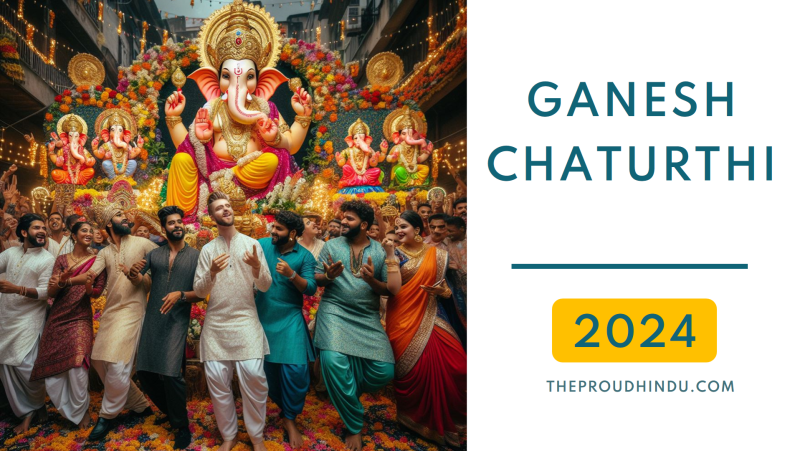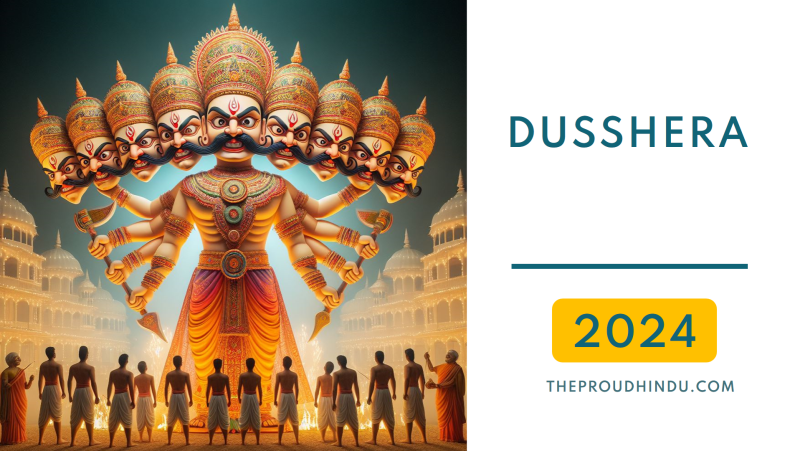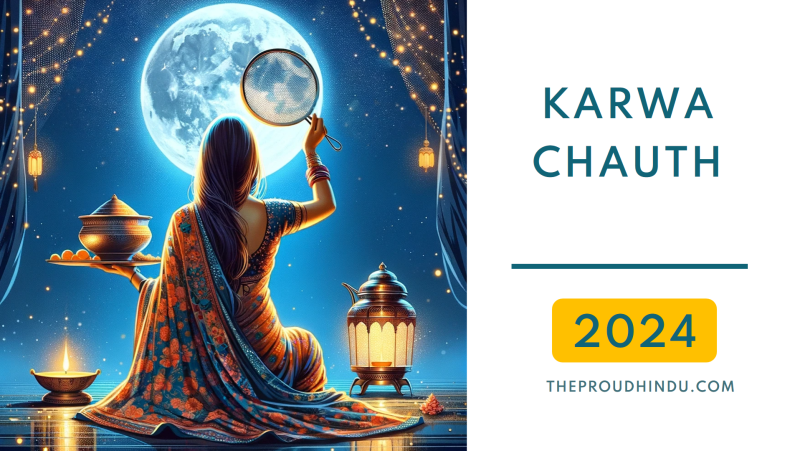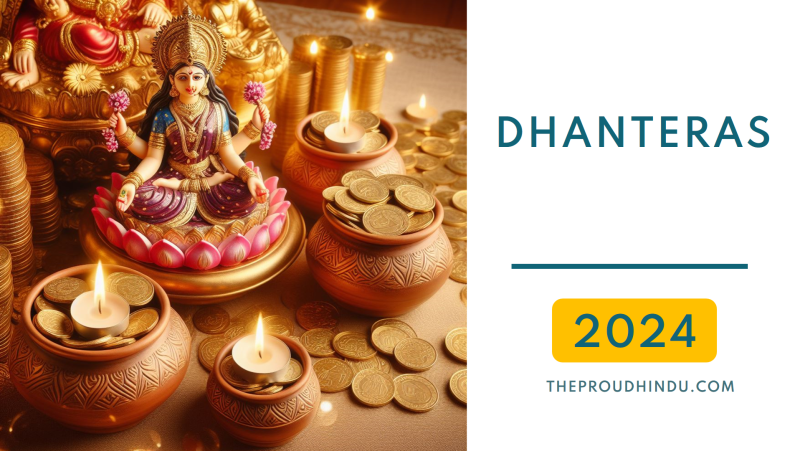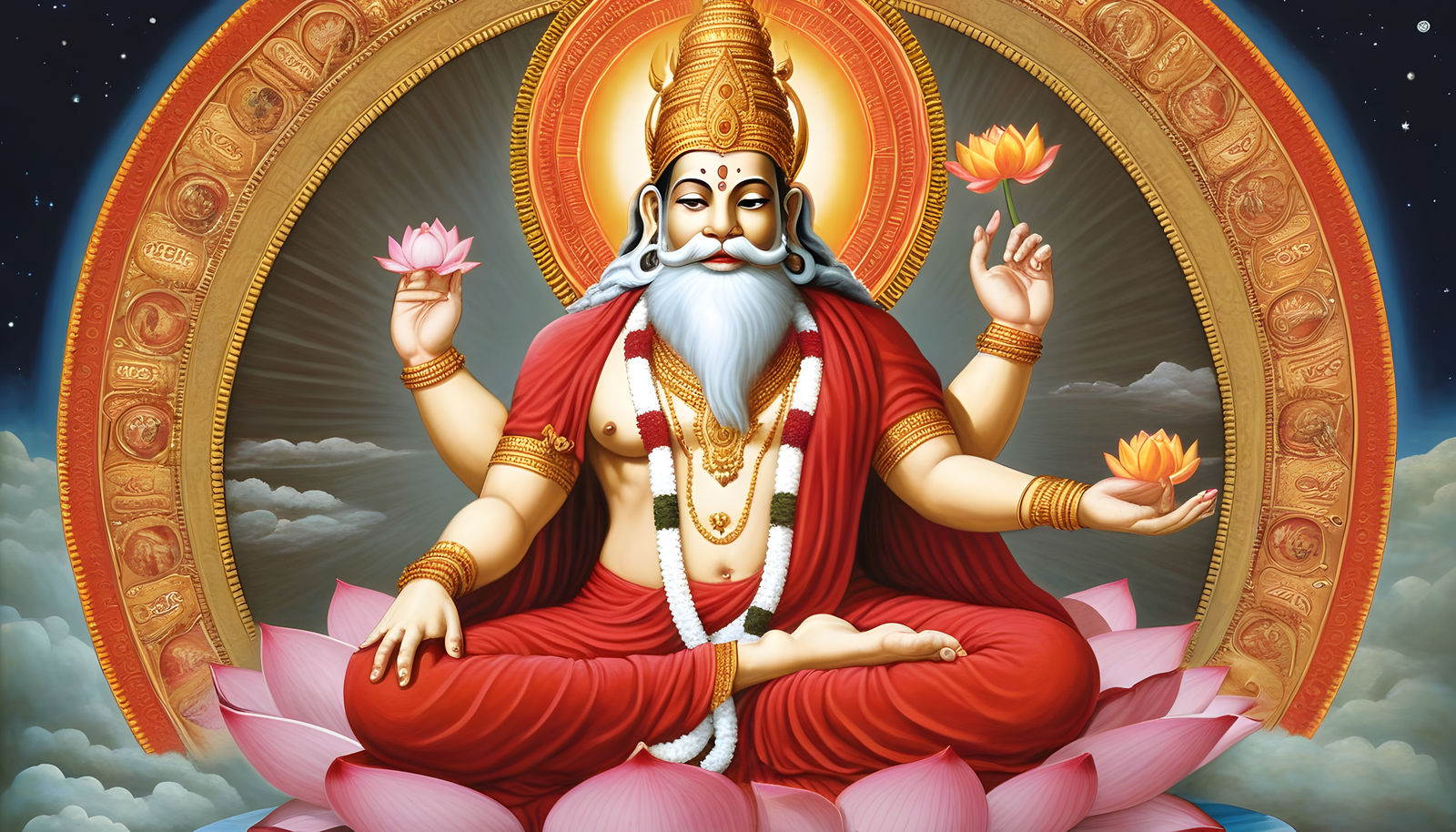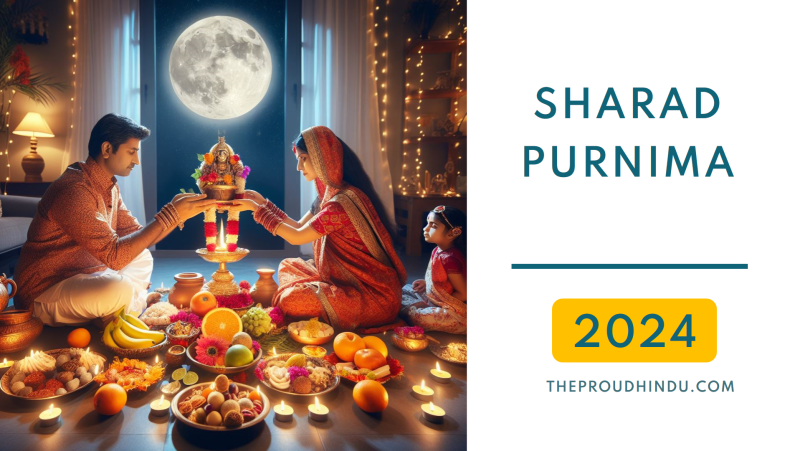
About Sharad Purnima
Sharad Purnima, also known as Kojagiri Purnima or Kumar Purnima, is a Hindu festival celebrated on the full moon day in the lunar month of Ashwin (September/October). It holds special significance in various regions of India and Nepal and is observed with diverse traditions and rituals.
Here's detailed information about Sharad Purnima:
Sharad Purnima 2025 Date and Timing
Sharad Purnima in 2025 will be on Monday, 06 October 2025 in India. Sharad Purnima falls on the full moon night of the Ashwin month according to the Hindu lunar calendar. It usually occurs in September or October in the Gregorian calendar.
Sharad Purnima Astrological Significance
In Hindu astrology, Sharad Purnima holds significant astrological importance. It falls on the full moon night of the Ashwin month according to the Hindu lunar calendar, usually in September or October. Here are some aspects of its astrological significance:
1. Moon's Brightness: On Sharad Purnima, the moon is believed to be at its brightest and closest to the Earth. The moon's rays are said to have rejuvenating and healing properties. It is believed that these moonbeams have a special nourishing effect on the mind and body.
2. Timing for Spiritual Practices: Astrologically, the energy emitted by the moon on this night is considered highly auspicious for spiritual practices, meditation, and prayers. Many believe that the energies during this time can positively influence one's mental state, enhancing clarity and spirituality.
3. Health Benefits: According to Ayurveda, the ancient Indian system of medicine, exposure to moonlight on Sharad Purnima is believed to have therapeutic effects. Moonbathing, or the act of exposing oneself to the moon's rays, is thought to have healing properties and is associated with better health and well-being.
4. Cultural and Mythological Significance: Astrologically, Sharad Purnima is associated with Lord Krishna's Raas Leela (divine dance) with the gopis (cowherd girls) in Vrindavan. It symbolizes divine love and the beauty of the union between the individual soul and the divine. The moonlight on this night is believed to enhance the beauty of this divine dance.
5. Lunar Influence on Nature and Harvest: Agriculturally, Sharad Purnima is associated with the end of the monsoon season and the onset of autumn. The bright moonlight is said to help ripen the crops and fruits, making it an auspicious time for harvesting.
6. Spiritual Growth and Enlightenment: Many consider Sharad Purnima as an opportune time for spiritual growth, meditation, and self-reflection. The enhanced energy from the moon is believed to aid in mental clarity, meditation practices, and fostering a deeper connection with the spiritual self.
Sharad Purnima's astrological significance revolves around the belief in the heightened energy and healing properties of the moon on this night. It's a time for spiritual growth, introspection, and connecting with celestial energies for personal well-being and enlightenment.
Sharad Purnima Celebrations and Rituals
Kumar Utsav: In some regions, Sharad Purnima is celebrated as Kumar Purnima, dedicated to the Kumar or Kartikeya, the son of Lord Shiva and Parvati. Unmarried girls pray for a good spouse and observe various rituals to seek blessings for a prosperous married life.
Kojagiri Purnima: In parts of India, particularly in West Bengal and Maharashtra, this day is known as Kojagiri Purnima. The term "Kojagiri" is derived from "Ko jagarti?" meaning "who is awake?" It is believed that Goddess Lakshmi descends to Earth on this night and blesses those who stay awake and observe a vigil. People keep fasts, perform Lakshmi puja, and spend the night singing devotional songs.
Sharad Purnima – kheer
Kheer is a popular and traditional rice pudding that holds special significance during festivals like Sharad Purnima in various parts of India. Here's detailed information about kheer:
Kheer Ingredients and Preparation:
• Rice: Basmati rice or any long-grain rice is commonly used. It's washed and soaked for some time before cooking.
• Milk: Full-fat milk is boiled and simmered with the rice until it thickens.
• Sugar: Sweetness is added to the kheer with sugar or sometimes jaggery (unrefined cane sugar).
• Flavorings: Kheer is often flavored with cardamom pods, saffron, nuts like almonds, cashews, and raisins. Some variations may include rose water, grated coconut, or condensed milk for added richness.
Kheer Preparation Method:
1. The soaked rice is cooked in a pot with a considerable amount of milk over low heat until it becomes soft and the milk thickens.
2. Sugar or jaggery is added once the rice is cooked, adjusting sweetness according to taste.
3. The kheer is further flavored with cardamom, saffron, and nuts, giving it a rich aroma and taste.
4. It's stirred continuously to prevent sticking or burning at the bottom of the pot.
5. Once the desired consistency is achieved, the kheer is taken off the heat and left to cool. It thickens further as it cools down.
Sharad Purnima Kheer Benefits:
• During Sharad Purnima, kheer is prepared as a special offering to the moon. It is believed that the moon's rays have a purifying effect, and placing kheer in moonlight before consumption is thought to infuse it with positive energy.
• People keep the kheer in open containers under the moonlight for several hours or the entire night, allowing it to absorb the moon's energy before consuming it as prasad (sacred food).
Variations and Regional Differences:
• Different regions have their own variations of kheer. Some might use condensed milk for a creamier texture, while others might add unique flavors like rose water or nuts specific to their culture.
• In some households, kheer might be garnished with silver leaf (varak) or sprinkled with edible camphor as a finishing touch.
Kheer holds a special place in Indian festivals and celebrations, symbolizing sweetness, prosperity, and auspiciousness. During Sharad Purnima, this delicacy becomes more than just a dessert; it's believed to be spiritually charged and consumed after being bathed in the moon's light, enhancing its significance as a sacred offering.
Sharad Purnima Kheer Wali Katha
In Hindu culture, there's a beautiful folk tale associated with the tradition of preparing kheer on Sharad Purnima. While there isn't a specific ancient scripture or documented story directly related to kheer specifically for Sharad Purnima, there are several folk tales and legends linked to the significance of the moon and various rituals performed during this auspicious day.
According to the legend: Once there lived a poor farmer who had a large family to feed. He owned a small piece of land but struggled to produce enough crops due to unfavorable weather conditions. One day, a wise sage visited his home and advised him to prepare kheer and place it under the full moon on the night of Sharad Purnima.
The sage explained that the moon's radiant energy on that night had the power to infuse the kheer with healing properties and divine blessings. He instructed the farmer to offer this kheer as prasad (sacred food) to his family and then share it with the villagers to bring prosperity and good health to everyone.
Following the sage's guidance, the farmer prepared a delicious kheer using rice, milk, sugar, and nuts. He placed it under the moonlight on Sharad Purnima and let it absorb the moon's rays throughout the night. The next morning, he distributed the moon-blessed kheer among his family and villagers.
As the villagers consumed the kheer, they felt rejuvenated and experienced a sense of well-being. The crops on the farmer's land also flourished, bringing abundance and prosperity to the entire village. From that day on, it became a tradition for the villagers to prepare kheer on Sharad Purnima, believing in its divine blessings and the moon's mystical powers.
This folk tale symbolizes the belief in the moon's auspicious energy and the practice of preparing kheer during Sharad Purnima as a means to seek blessings for health, prosperity, and well-being for oneself and the community. It illustrates the cultural significance and spiritual importance attributed to the tradition of preparing kheer during this auspicious festival.
Sharad Purnima Religious Significance
Sharad Purnima has religious and mythological significance. It is associated with Lord Krishna's Raas Leela, a divine dance with the gopis (cowherd girls) in Vrindavan. The night holds significance in the lives of Lord Krishna and Radha, symbolizing divine love.
Sharad Purnima Scientific Reason
Sharad Purnima, holds cultural, religious, and scientific significance.
From a scientific perspective, the Sharad Purnima full moon has some interesting aspects:
1. Moon's Proximity and Brightness: During Sharad Purnima, the full moon is often brighter and appears larger in the sky. This effect is due to the moon's position, being closer to the Earth at this time in its elliptical orbit, known as the perigee. When the moon is closer to the Earth, it appears larger and brighter, although the difference might not be easily noticeable to the naked eye.
2. Moon's Impact on Nature and Human Body: The moon's gravitational force affects the Earth, leading to phenomena like tides in the oceans. While the gravitational pull is relatively weak on individual human bodies, some believe that the full moon's energy could influence fluids in the body similarly to tides, given that the human body is made up of a high percentage of water.
3. Moonlight and Mental Health: Moonlight has been associated with feelings of serenity and calmness. Some studies suggest that exposure to natural light, including moonlight, can affect the production of melatonin, a hormone that regulates sleep and wake cycles, potentially leading to improved sleep quality.
4. Ayurvedic Practices: In Ayurveda, the traditional Indian system of medicine, moonbathing or exposing oneself to moonlight is believed to have therapeutic benefits. Moonlight is thought to have a cooling effect on the body, which could be beneficial in balancing certain doshas (body energies) according to Ayurvedic principles.
However, it's important to note that while these observations exist, there isn't robust scientific evidence to support specific claims regarding the moon's influence on human health or the energy absorbed by food items placed in moonlight during Sharad Purnima.
The cultural significance of rituals like placing kheer or other food items in moonlight during Sharad Purnima often surpasses scientific reasoning. These practices are deeply rooted in traditions, spirituality, and beliefs passed down through generations, contributing to the cultural richness and diversity of celebrations.
Ultimately, while scientific explanations for the moon's impact exist, the spiritual and cultural significance of Sharad Purnima and its rituals play a crucial role in the way people celebrate and perceive this auspicious day.
How Is Sharad Purnima Celebrated In Different Parts Of India
Sharad Purnima, celebrated on the full moon day in the month of Ashwin, is observed with different traditions and customs in various parts of India. Here's a glimpse of how Sharad Purnima is celebrated in different regions:
1. West Bengal:
• In West Bengal, Sharad Purnima is known as Kojagiri Purnima. People believe that Goddess Lakshmi descends to Earth on this night. They perform Lakshmi Puja and keep a vigil, staying awake through the night, singing devotional songs, and reciting hymns in praise of the goddess. Special prayers and rituals are conducted to seek blessings for prosperity and wealth.
2. Maharashtra:
• Similarly, in Maharashtra, Kojagiri Purnima is celebrated with fervor. People prepare a special drink called 'Kheer,' which is kept in the moonlight before consumption. They also observe a fast and perform rituals dedicated to Goddess Lakshmi for wealth and prosperity.
3. Odisha:
• In Odisha, Sharad Purnima is known as Kumar Purnima. Unmarried girls wake up early, take ritualistic baths, and perform special puja rituals to seek blessings for an ideal husband and a happy married life. They offer prayers to the moon, apply turmeric paste on their foreheads, and engage in various cultural activities like singing, dancing, and playing traditional games.
4. Gujarat:
• In Gujarat, the festival is celebrated as Sharad Poonam. People perform a special ritual called 'Garba,' a traditional dance form, where men and women dance in circles wearing colorful traditional attire. The dance is performed in devotion to Goddess Amba and is an integral part of the Navratri festivities.
5. Other Regions:
• In many other parts of India, people celebrate Sharad Purnima with cultural programs, community gatherings, and special offerings to the moon. Special food items like kheer, poha, and various sweets are prepared and consumed after exposure to the moonlight, believed to enhance its nutritive properties.
While the names and specific rituals may vary, the underlying theme of seeking prosperity, health, and happiness remains consistent across the regions where Sharad Purnima is celebrated. People partake in various customs and rituals to honor the divine and seek blessings for a prosperous life.
Sharad Purnima Date
| Year | Date | Day |
|---|---|---|
| Sharad Purnima 2023 Date | 28 October 2023 | Saturday |
| Sharad Purnima 2024 Date | 16 October 2024 | Wednesday |
| Sharad Purnima 2025 Date | 06 October 2025 | Monday |
| Sharad Purnima 2026 Date | 25 October 2026 | Sunday |
| Sharad Purnima 2027 Date | 14 October 2027 | Thursday |
You may also like …
Are You The Proud Hindu?
The Trimurti
Create an account to join us and start taking part in conversations.
SIGNIN

